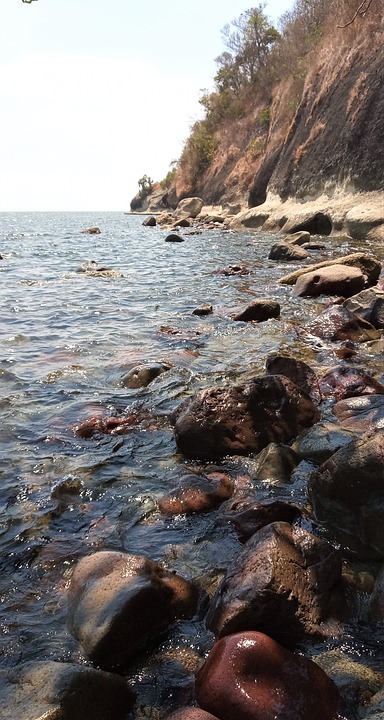Introduction
Costa Calida, located in the southeastern region of Spain, is a treasure trove of history, with traces of ancient civilizations woven into its landscapes. From fascinating archaeological sites to charming old towns, this region offers a captivating journey back in time. In this article, we will delve into the rich history of Costa Calida, exploring the stories from ancient times that have shaped its cultural heritage.
The Carthaginians: Masters of the Mediterranean
One of the earliest civilizations to leave their mark on Costa Calida was the Carthaginians. As a dominant maritime power in the Mediterranean, they established flourishing trade routes along the coast. The city of Cartagena, originally named Carthago Nova by the Carthaginians, served as a vital hub for their commercial activities. Exploring the archaeological remains of Carthago Nova today reveals the advanced infrastructure and architectural marvels of this ancient civilization.
The Roman Empire: Builders of Magnificent Cities
Following the decline of the Carthaginians, the Roman Empire took charge and left an indelible imprint on Costa Calida. The city of Cartagena transformed into a thriving Roman municipality, known as Carthago Spartaria. Its grand amphitheaters, Roman theaters, and thermal baths showcase the Roman architectural brilliance. The coastal town of Mazarrón, too, boasts impressive Roman remains, including villas and fish-salting factories. Explorations through these ancient ruins illuminate the Roman legacy that still reverberates in the region.
The Moors: Guardians of Knowledge
During the medieval period, the Moors, an Islamic civilization, exerted their influence over Costa Calida. With their advanced knowledge of irrigation systems and agriculture, they introduced techniques still in use today. The city of Lorca, with its Alcazaba fortress and stunning Mudejar-style architecture, stands as a testament to this rich Moorish heritage. The charming town of Alhama de Murcia, nestled amidst breathtaking landscapes, also holds remnants of Moorish occupation in the form of thermal baths and an Arab castle.
Modern Day Delights: Architecture and Festivals
In more recent centuries, Costa Calida continued to evolve, resulting in a fascinating blend of historical and contemporary influences. Historic cities like Murcia exhibit a mix of architectural styles, reflecting the different eras it has witnessed. From magnificent cathedrals to neoclassical facades, the city is a visual delight. Additionally, the region comes alive with vibrant festivals celebrating its diverse cultural heritage, including the Holy Week processions in Cartagena and the Bando de la Huerta parade in Murcia.

